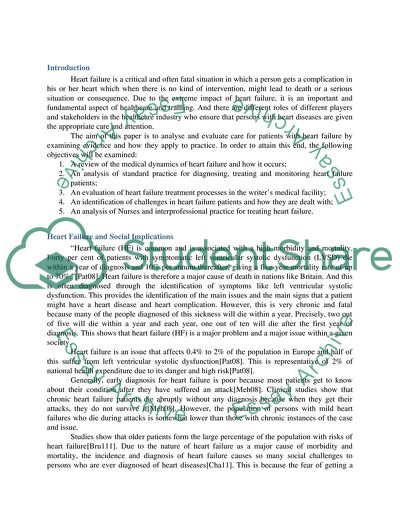Cite this document
(“Heart failure Essay Example | Topics and Well Written Essays - 3750 words”, n.d.)
Retrieved from https://studentshare.org/nursing/1646939-heart-failure
Retrieved from https://studentshare.org/nursing/1646939-heart-failure
(Heart Failure Essay Example | Topics and Well Written Essays - 3750 Words)
https://studentshare.org/nursing/1646939-heart-failure.
https://studentshare.org/nursing/1646939-heart-failure.
“Heart Failure Essay Example | Topics and Well Written Essays - 3750 Words”, n.d. https://studentshare.org/nursing/1646939-heart-failure.


